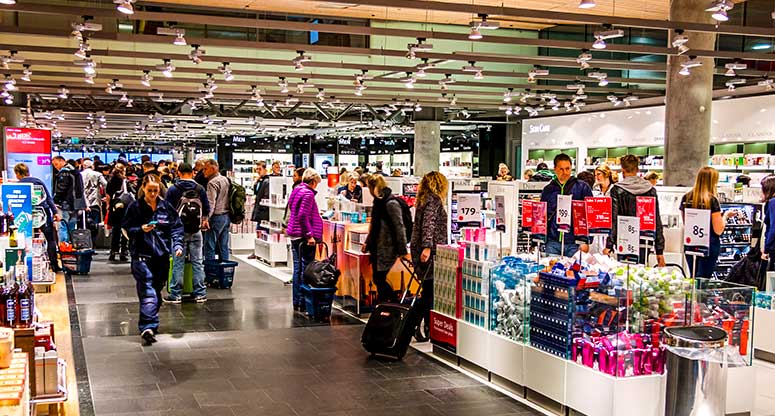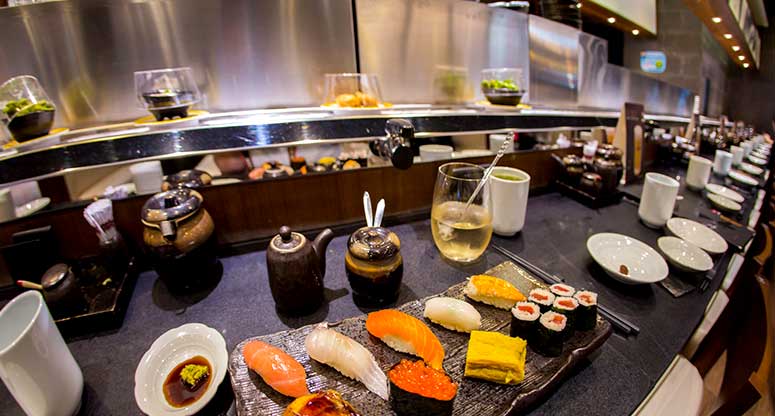Customer Experience4 minute read
Cross-industry Innovation Produces Blended Business Results
In any industry, the same old begets the same old. Staid can end up stale. It pays then to look at different disciplines to re-imagine things.

I take inspiration from offbeat thinking—or rather, off-the-claw innovation. Case in point, The New York Times reports: “Don’t Squish the Jellyfish. Capture It With a Folding Robotic Claw.”
The story describes how marine scientists developed a tool: “The RAD sampler (short for rotary actuated dodecahedron)… essentially a 3D printed, origami catcher’s mitt.” The device enables researchers to capture, study jellyfish and squid in their natural habitats without harming them.
Before, scientists plucked or sucked these creatures from the sea. Sliced and diced them to study. Not too appealing, and certainly not sustainable. More sushi than science.
University of Rhode Island ocean engineer Brennan Phillips puts it this way: “We now have this complex, elegant solution to a problem that we’ve been struggling with for decades in midwater sciences.”
Hmmm, a solution to a decades-old problem. Sounds familiar. Jellyfish aside, Dr. Phillips is really talking about adapting to advance, borrowing wisdom for other fields—hence, an origami catcher’s mitt.
To prosper these days, businesses—from consumer services to retail to travel—should do the same. Evolve. Because over the past 24 years, digital consumers sure have, along with their expectations.
“Over the past 24 years, digital consumers have evolved as their expectations elevated.” Click To Tweet
Dates back to 1994 when The New York Times reported: “Attention Shoppers: Internet Is Open,” chronicling the $12.48 purchase of a Sting compact disc. Groundbreaking at the time.

Hybrid Thinking Pays Off: “What If” and “Why Not”
In 2018, interactions are far slicker. The heart of the matter, though, remains clear-cut: Serving customers as they desire. That requires innovating to create personalized experiences that make people want to buy and come back for more. For businesses, it’s catch, keep and cultivate.
That’s where hybrid thinking comes into play. Whatever the industry, customer-centric companies take advantage of cross-pollination, blending best practices into new applications of “what if” and “why not.”
“Customer-centric companies take advantage of cross-pollination, blending best practices into new applications of “what if” and “why not.”” Click To Tweet
Integrated-industry examples abound, from consumer service to big-box retail to restaurants. Some are great, others ginchy. A few might even seem a little crazy. All merit a closer look:
From Pit Crews to Cockpits: There’s the often-told tale of Southwest Airlines studying the speed of NASCAR pit crews to improve the airlines’ on-time performance. From stock car racing, Southwest learned how to shave off time to gain an operational edge, adding to its reputation for innovation and prompt customer service. Wonder if Southwest reciprocated, giving pit crews tips on serving little packets of peanuts to drivers in record time?
Takeaway: As a sought-after result, saving time to improve operations applies to any industry.
Making Hardware Less Hard—Just Follow Me: Ever get lost at a big-box home improvement center? I do, all the time. Other shoppers must have the same problem because Google’s augmented reality, Tango, and Lowe’s navigated a solution. “Using Lowe’s Vision app, customers search for items on their phone, which then overlays the screen with directional arrows, pointing to the correction location in store,” reports Insider Trends in “50 innovations from outside the retail industry.” Great, now Google, point me to self-checkout.
Takeaway: The right mix of hardware and software gives shoppers a virtual, in-store Sherpa.
Automating for the Masses—Conveyor-belt Sushi: I’m a foodie from way back. Raised in New York City, I grew up eating at automats, a precursor to fast food. Dishes were served from rows of mini-vending machines. Drop in coins, get a fresh slice of apple pie. Automated experiences, however, really ramped up with kaiten zushi—sushi served on a conveyor belt. Inspired by beer bottles on an assembly line, inventor Yoshiaki Shiraishi transformed eating sushi from expensive dining for the elite to affordable food for everyone, according to the Los Angeles Times. Some compare the technology to airport baggage carousels, which I find a lot less appetizing. And having lost luggage, I prefer to keep my sushi love rolls separate from anything resembling Dallas Love Field baggage claim, thank you.
Takeaway: Cross-industry innovation has broad applications, which consumers eat up.

Handling 300% Increase in Demand
Innovation for more responsive service cuts across many industries. For example: Finding holiday help—outside of the traditional temp workforce model.
In New York City, a major retailer needed contact center agents on the phone and online to complement its in-store business. Local specialists, however, were too few and expensive to support the metro call center. The same old, same old wouldn’t suffice.
Time to innovate: Tap outside talent. Using its virtual network, Working Solutions called in retail experts from across the U.S.. The fix: Many more resources on hand, costing much less than NYC labor.
In a few days, enough on-demand agents were onboard, well-versed in the client’s products—just in time for the holiday rush.
Result: Met 300% increase in demand through improved workforce scalability, proving there’s more than one way to slice holiday help in the Big Apple.
Take advantage of on-demand contact center services. Partner with us.
Contact us.
This Might Interest You...
This website uses cookies to personalize and improve your experience. Continue browsing our site if you agree to our Cookie Policy or feel free to Manage Cookies yourself.


